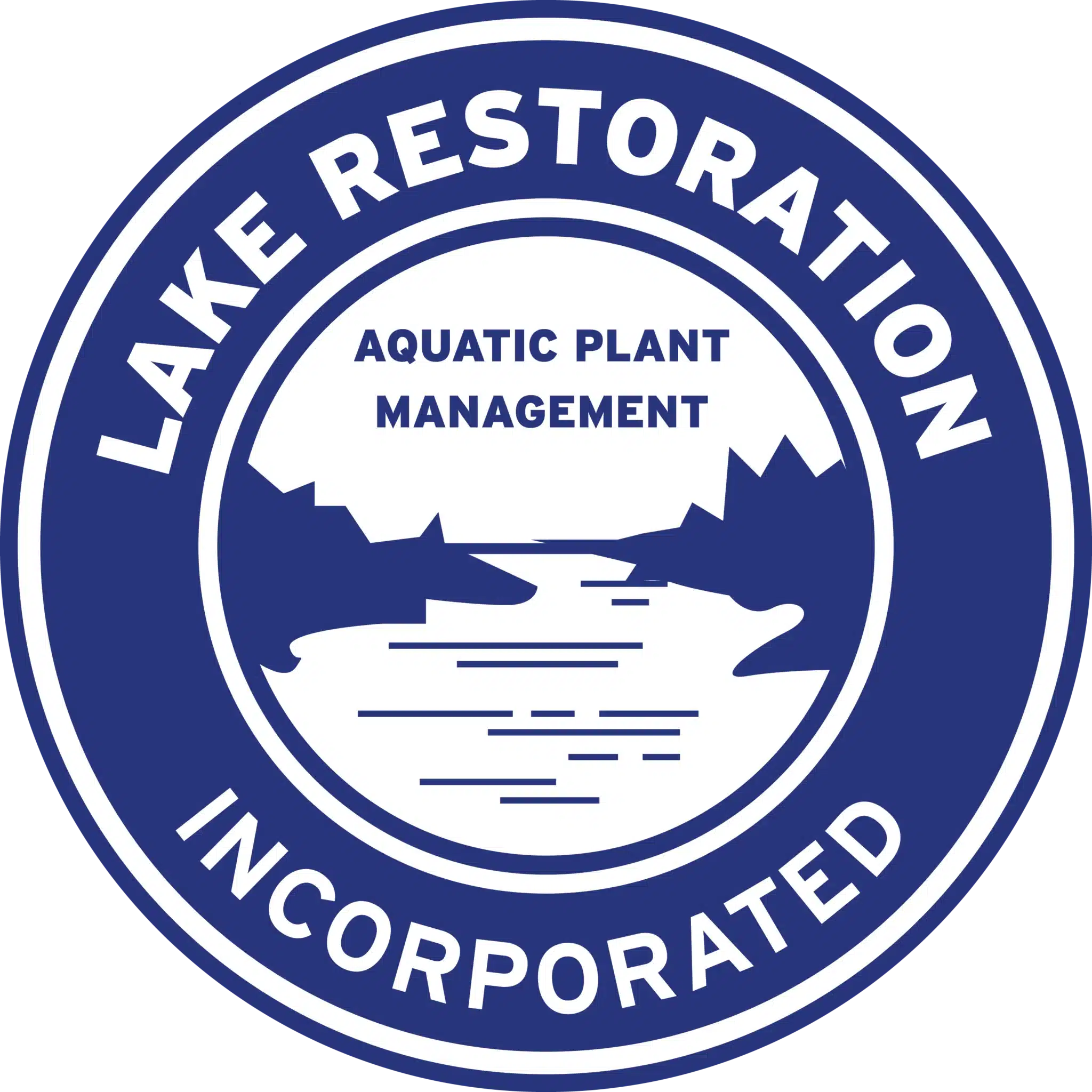Texas Pond Management and Pond Weed Control
In Texas, which has thousands of ponds and a multitude of invasive pond weed species, proper pond management is critical to keeping Texas water clean and healthy. Learning to identify problem aquatic weeds is the all important first step. Once identified, the proper measures can be taken to initiate sound management and control. Here are some of the more common pond weeds found in Texas and how you can control them.
Giant duckweed
(Spirodela polyrhiza)
Giant duckweedThough it is often referred to as Giant or Big duckweed, this Texas pond weed is still relatively small, with 1/16 to 1/4 inch fronds. It is light green in color with three or more roots (or root-hairs) protruding from each frond. Duckweed tends to grow in dense colonies in waters less disturbed by waves, making it more common in smaller ponds with lesser human activity. Giant duckweed can be an aggressive invader of ponds and is often found mixed in with other duckweed species, mosquito fern, and watermeal. If colonies cover the surface of the water too extensively, a pond can become oxygen deprived and result in fish kills.
Most critically, duckweed should be controlled before it covers the entire surface of a pond. For Texas pond management, Lake Restoration recommends a pond weed control kit such as PondRestore Ultra that treats submerged weeds and algae in addition to duckweed and other floating weeds.
Filamentous algae
(Spirogyra, Anabaena, Oscillatoria, Lyngbya, Pithophora spp., etc)
Filamentous algaeFilamentous algae are single algae cells that form long visible chains, threads, or filaments. These filaments intertwine forming a mat that resembles wet wool, and are common to Texas ponds. Filamentous algae starts growing along the bottom in shallow water or attached to structures in the water (like rocks or other aquatic plants). Often filamentous algae floats to the surface forming large mats, which is commonly referred to as pond scum. There are many species of filamentous algae in Texas and often more than one species will be present at the same time in a pond.
Filamentous algae has no known direct food value to wildlife, and as such can become a problem if it spreads thoroughly. Appropriate management calls for an algaecide, preferably in a kit like PondRestore that can treat an entire body of water.
Hydrilla
(Hydrilla verticillata)
HydrillaHydrilla is a perennial plant found in Texas ponds and lakes that forms dense colonies and can grow to the surface in water over 20 feet deep. Hydrilla branches aggressively and after reaching the surface it often expands and forms thick mats. Hydrilla can reproduce by fragmentation, from seeds, from turions (axilary buds), and from tubers. Leaves are blade-like about 1/8 inch and 3/8 inch long with small tooth margins and spines on the underside of the midrib, giving them a rough look.
Hydrilla is considered a noxious pest because it grows so rapidly and often wins out against native species. Surface mats can hinder recreation, navigation, and water intakes. As such, it is important to manage hydrilla in Texas in order to keep ponds healthy for wildlife. We recommend a weed control product likeRestoreAccess Ultra that effectively treats submerged and floating weeds in specific areas.
Water hyacinth
(Eichhornia crassipes)
Water hyacinthWater hyacinth is native to South America but has naturalized much of the Southern U.S., including ponds in Texas. Water hyacinth is a free-floating perennial plant that can grow to a height of 3 feet, with dark green, circular leave blades attached to a spongy, inflated petiole. Underneath the water is a thick, heavily branched, dark fibrous root system.
The water hyacinth has striking light blue or violet flowers located on a terminal spike. Don’t be fooled by its decent looks though, as water hyacinth is a very aggressive invader and can form thick mats that cause oxygen depletion and fish kills. Currently it has no known direct food value to wildlife and is considered a pest species.
Water hyacinths in Texas should be controlled so they do not cover pond surfaces too extensively. Proper treatment can result in a continually safe habitat for fish and wildlife. We recommend an Open Water Kit, which contains an herbicide that can be sprayed directly onto pond weeds.
Coontail
(Ceratophyllum demersum)
CoontailCoontail, also referred to as hornwort, is a dark olive-green, rootless submerged perennial plant that often forms dense colonies. Its leaves are relatively stiff and whorled with many forks and small teeth along one edge. The tips of its branches are crowded with leaves giving them a, you guessed it, raccoon tail like resemblance.
Submerged portions of all Texas aquatic plants provide habitats for many micro and macro invertebrates, and coontail is considered a good wildlife food. Like anything in excess, however, too much coontail can lead to problems. As such, we recommend a weed control kitfor effective treatment of emergent, submerged, and floating weeds.
In summary, there are innumerable ponds in Texas and they all face the risk of a pesky pond weed invasion, whether it’s duckweed, algae, or coontail. Proper Texas pond management calls first for accurate identification. With the pond weeds identified correctly, the next step is treatment, which can be applied using any of the pond weed control products described above.
This information is from Agrilife Extension, Texas A&M System. http://aquaplant.tamu.edu/plant-identification/alphabetical-index

